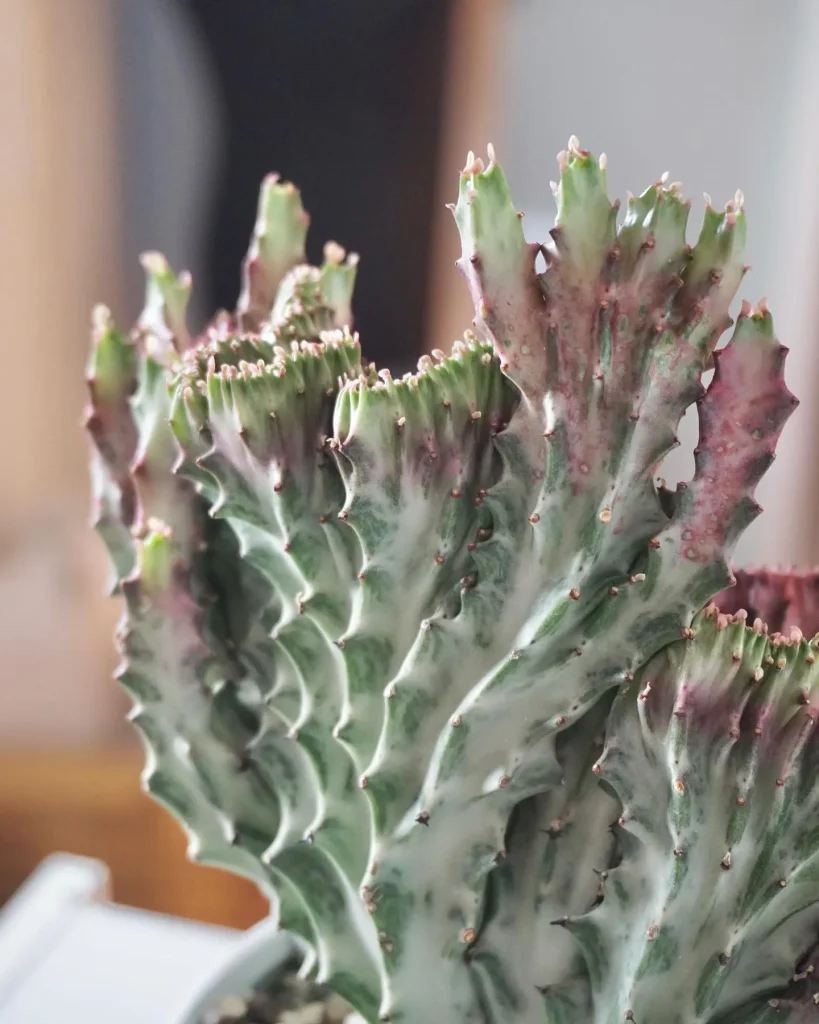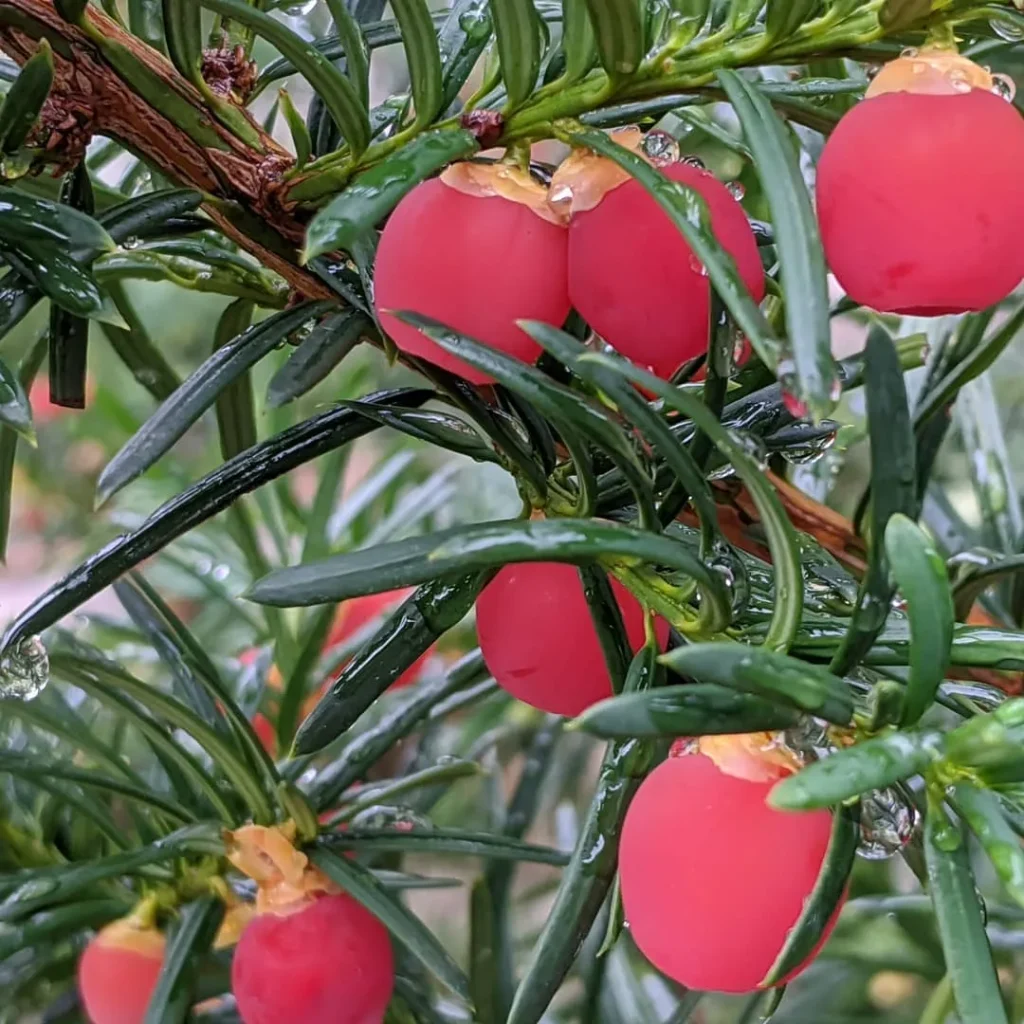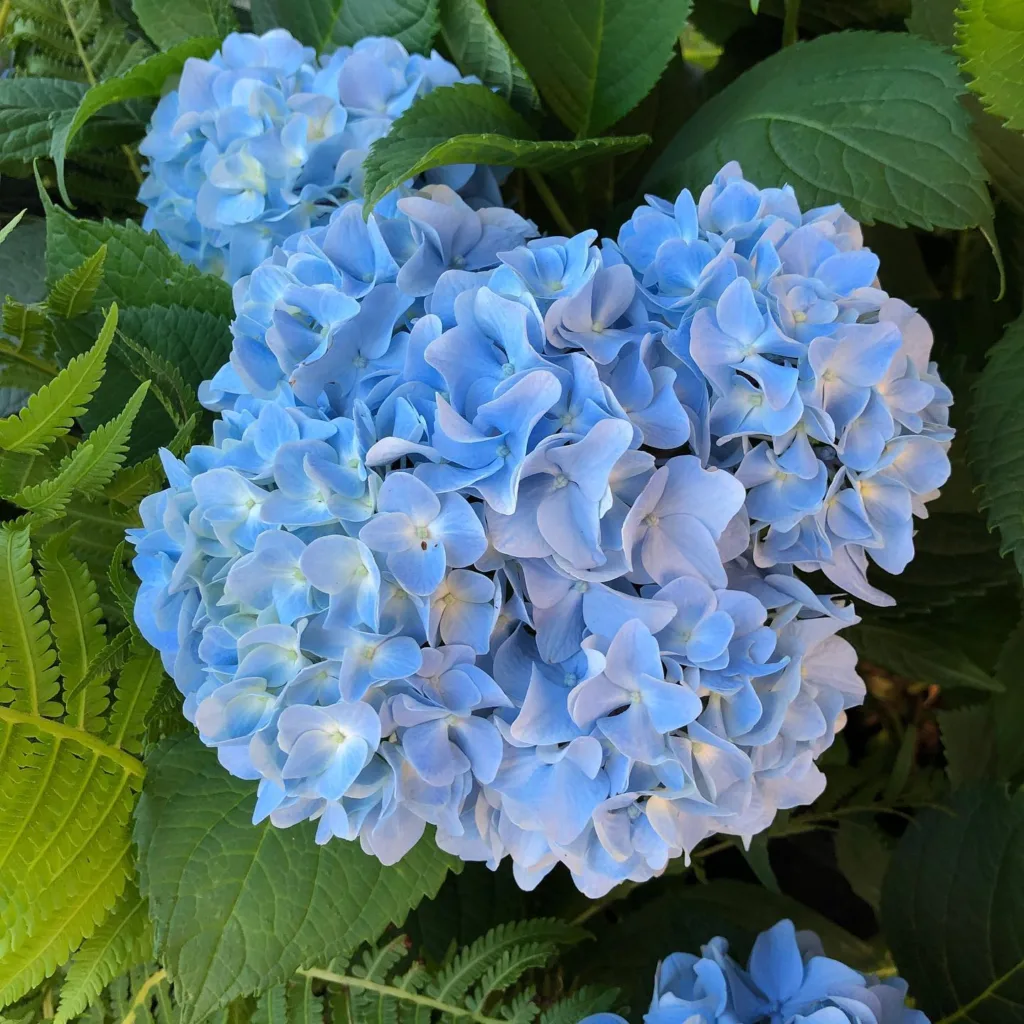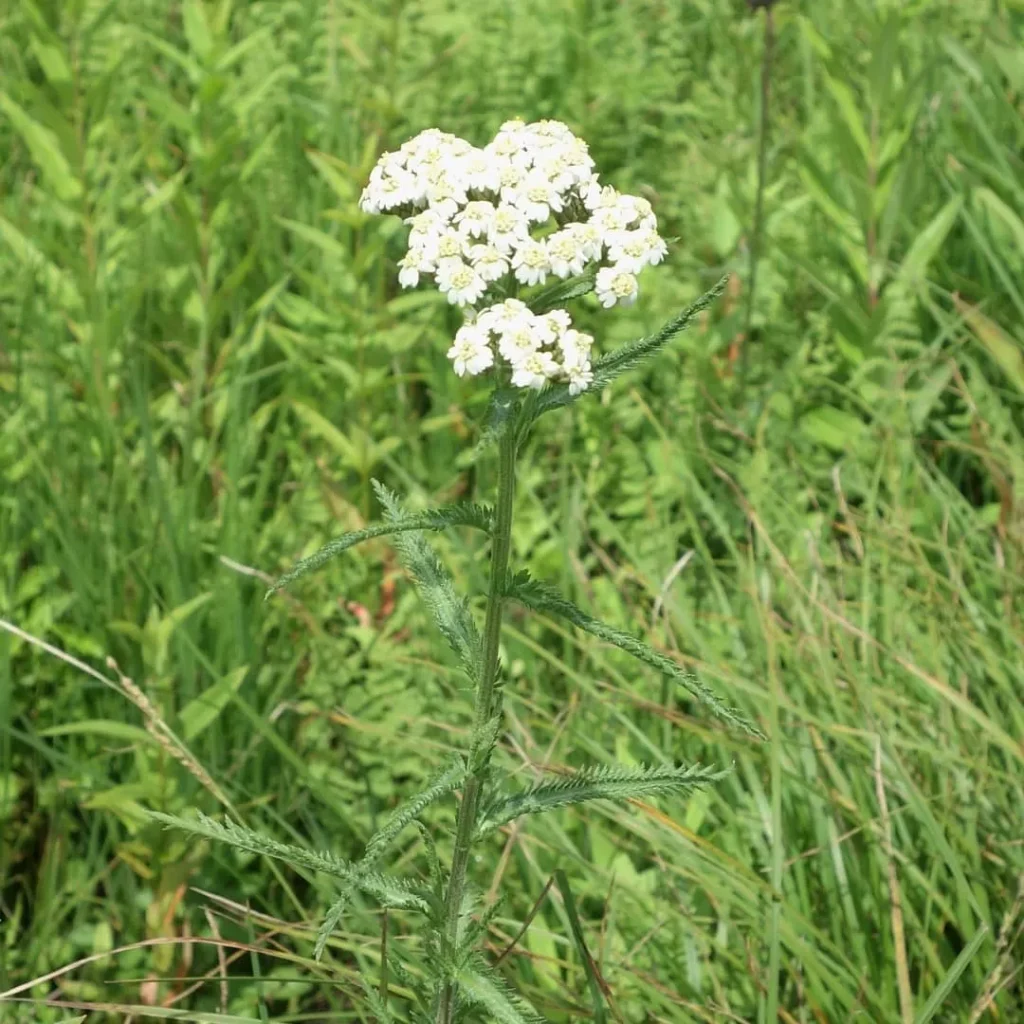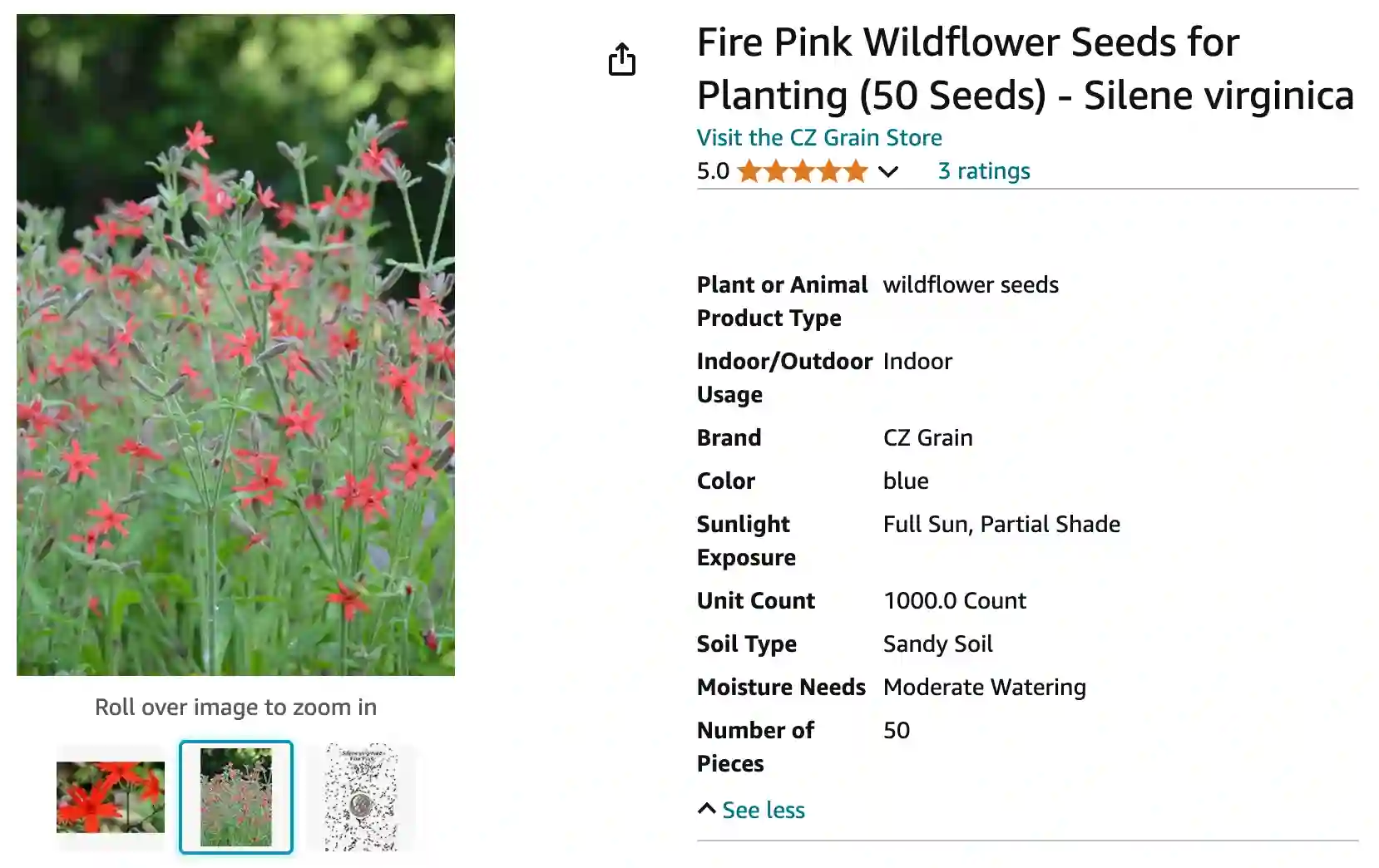
All About Silene Virginica: The Fiery Wildflower
Hi, I’m Ferb Vu, and I’m here to answer your burning questions about Silene virginica, also known as Fire Pink. This vibrant wildflower isn’t just easy on the eyes; it’s a pollinator magnet and a low-maintenance charmer for your garden.
911 Species in Genus Silene
What is Silene Virginica?
Silene virginica is a short-lived perennial native to eastern North America. It boasts stunning clusters of scarlet red flowers that bloom profusely from mid-spring to early summer. Each flower is about two inches wide, with five delicate petals and sticky sepals – a clever trap for unsuspecting ants.
How to plant Silene Virginica?
Fire Pink thrives in dry to moderately moist, well-drained soil. It prefers full sun but can tolerate some light shade. Here’s what you need to know:
- Planting: Sow seeds directly outdoors in fall or early spring. Alternatively, start them indoors six to eight weeks before the last frost.
- Spacing: Plant seeds or seedlings about 12 inches apart.
- Watering: Once established, Fire Pink is drought-tolerant. Water deeply during prolonged dry spells, but avoid overwatering.
- Feeding: Fertilization isn’t necessary for this low-maintenance wildflower.
Silene Virginica vs Silene Regia
These two Silene cousins share a striking resemblance. Here’s a quick comparison:
- Flower Color: Fire Pink boasts vibrant scarlet flowers, while Royal Catchfly displays a deeper, crimson red.
- Habit: Fire Pink tends to have more delicate, reclining stems, while Royal Catchfly has a sturdier, upright growth habit.
- Bloom Time: Both flower in mid-spring to early summer.
Is Silene Virginica Toxic?
While not deadly, Fire Pink contains saponins, which can cause mild stomach upset if ingested in large quantities. It’s best to keep this wildflower out of reach of children and pets.
Companion Plants for Fire Pink
Fire Pink’s vibrant blooms pair beautifully with a variety of perennials and grasses:
- Purple Coneflower (Echinacea purpurea): Creates a stunning color contrast.
- Black-Eyed Susan (Rudbeckia hirta): Adds a cheerful touch.
- Little Bluestem (Schizachyrium scoparium): Provides textural interest with its swaying blue-green foliage.
Fire Pink: A Wildlife Magnet
Fire Pink’s rich pollen and nectar attract a variety of pollinators, including:
- Hummingbirds: Their long tongues are perfectly adapted to reach the nectar deep within the flowers.
- Butterflies: Monarchs, swallowtails, and skippers love to flit among the vibrant blooms.
- Bees: These busy insects play a crucial role in pollinating Fire Pink, ensuring seed production.
Fire Pink: More Than Just a Pretty Face
Beyond its aesthetic appeal, Fire Pink offers several ecological benefits:
- Erosion Control: Its deep taproot helps to anchor soil and prevent erosion.
- Food Source for Pollinators: Provides valuable nectar and pollen for a diverse range of pollinators.
- Habitat Creation: Attracts beneficial insects, creating a more balanced ecosystem in your garden.
In Conclusion
Silene virginica, the Fire Pink, is a captivating wildflower that adds a splash of color and life to any garden. Its low-maintenance nature, vibrant blooms, and pollinator-friendly qualities make it a welcome addition to your backyard haven. With a little TLC, you can enjoy the fiery beauty of Fire Pink for seasons to come.
If i die, water my plants!
